

Having a well-designed dental practice is crucial for a number of reasons. First and foremost, the design of a dental office sets the tone for the entire patient experience. A welcoming and aesthetically pleasing environment can help put patients at ease, reduce anxiety, and create a sense of trust and professionalism.
Furthermore, a well-designed dental practice can also improve efficiency and workflow for both staff and patients. Thoughtful layout and organization can streamline processes, reduce wait times, and enhance overall productivity. This can lead to better patient satisfaction and ultimately contribute to the success of the practice.
In addition, an attractive and modern dental office can help attract new patients and retain existing ones. A well-designed space reflects positively on the quality of care provided by the practice, making it more appealing to potential patients. It also helps create a positive brand image that patients are more likely to recommend to others.
Overall, investing in a well-designed dental practice is not only beneficial for the comfort and satisfaction of patients but also for the overall success and growth of the practice. By creating an inviting atmosphere that promotes efficiency and professionalism, dental practices can stand out in a competitive market and build lasting relationships with their patients.
Designing a dental fitout requires careful planning to create a functional, welcoming environment for both patients and staff. A well-executed dental fitout enhances the patient experience while improving operational efficiency, which is crucial for any dental practice. Here are a few key considerations to keep in mind when planning an efficient dental fitout.
The first priority in a dental fitout is space optimization. Dental practices require various rooms for different purposes, including waiting areas, treatment rooms, sterilization zones, and staff offices. By strategically arranging these areas, you can ensure smooth patient flow and reduce congestion in high-traffic spaces. An efficient layout allows easy access to treatment rooms and minimizes the need for patients and staff to navigate unnecessary hallways or corners. Working with experienced dental fitout professionals can help create a floor plan that balances privacy, accessibility, and flow.
Ergonomics and comfort are also essential. Dentists and hygienists perform repetitive, detailed work, so the treatment rooms should be designed with ergonomics in mind. Adjustable chairs, adequate counter space, and strategically placed equipment reduce strain and improve workflow efficiency. Comfortable seating and amenities in the waiting area can help patients feel relaxed, creating a more positive first impression.
Aesthetic design choices also play a significant role in a dental fitout. Many patients experience anxiety about dental visits, so a calming, modern design can help put them at ease. Using neutral color schemes, warm lighting, and nature-inspired elements like plants or wood accents can make the space feel inviting. Art, soft music, and even aromatherapy can further contribute to a relaxed atmosphere.
Finally, technology integration is crucial in modern dental fitouts. The latest dental equipment, digital X-ray machines, and computer systems should be seamlessly incorporated into the design for both function and aesthetics. Additionally, ensuring that treatment rooms have the proper wiring and outlets for these devices can prevent future disruptions. By focusing on these key aspects, a dental fitout can create a welcoming, efficient environment that enhances both patient care and staff satisfaction.
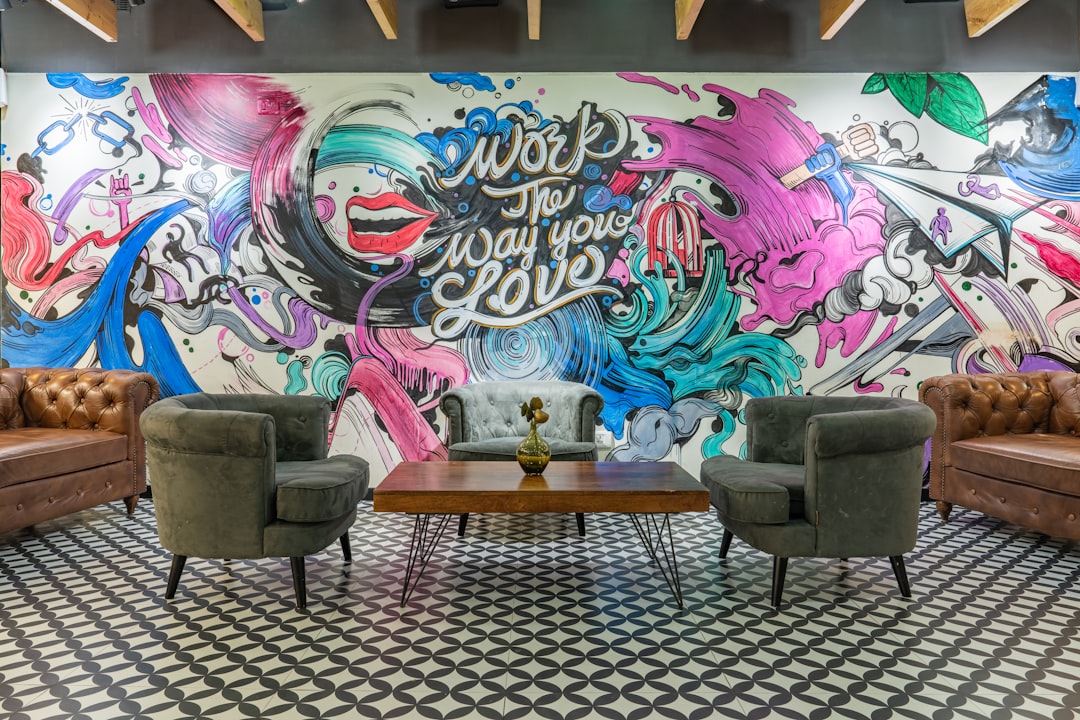
When it comes to office renovations in Sydney, finding the right professionals for the job is crucial.. Not only do you want a team that is skilled and experienced in creating functional and aesthetically pleasing workspaces, but you also want to ensure that they can work within your budget constraints. Hiring the right professionals for budget-friendly office renovations in Sydney can seem like a daunting task, but with a bit of research and careful consideration, you can find a team that meets your needs without breaking the bank. One of the first steps in hiring the right professionals for office renovations is to ask for recommendations from colleagues or friends who have recently completed similar projects.
Posted by on 2024-11-13
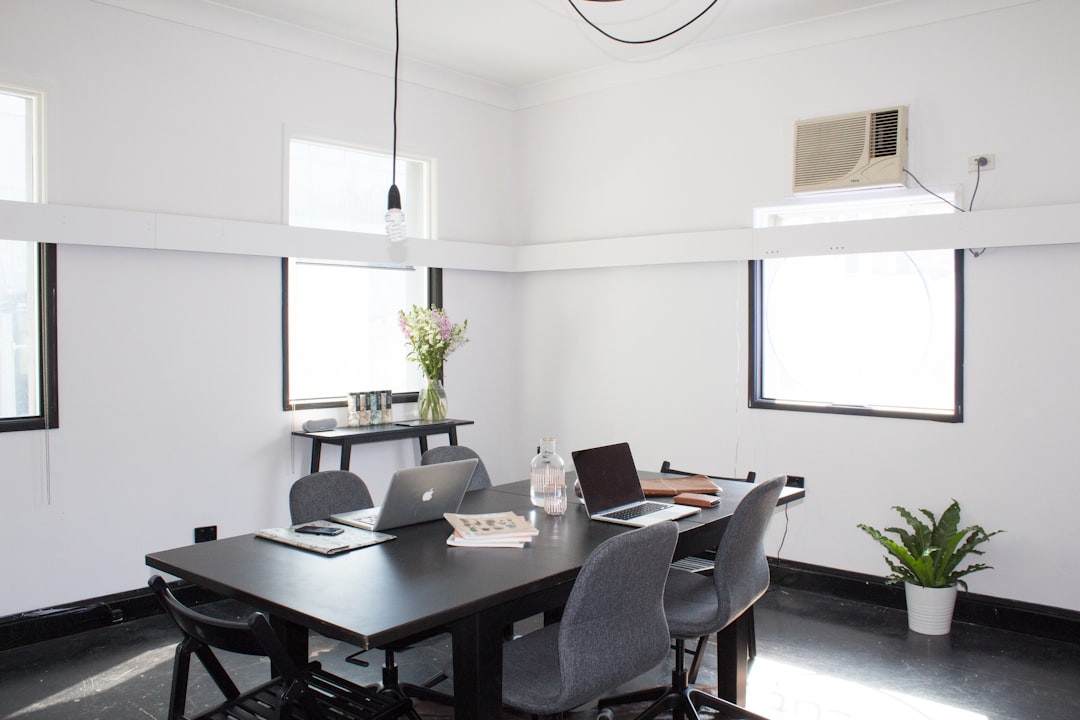
When it comes to office renovations in Sydney, cost-effectiveness is key.. Whether you're looking to revamp your current space or move into a new one, there are plenty of ways to save money without sacrificing quality. One of the best tips for cost-effective office renovations is to do your research.
Posted by on 2024-11-13
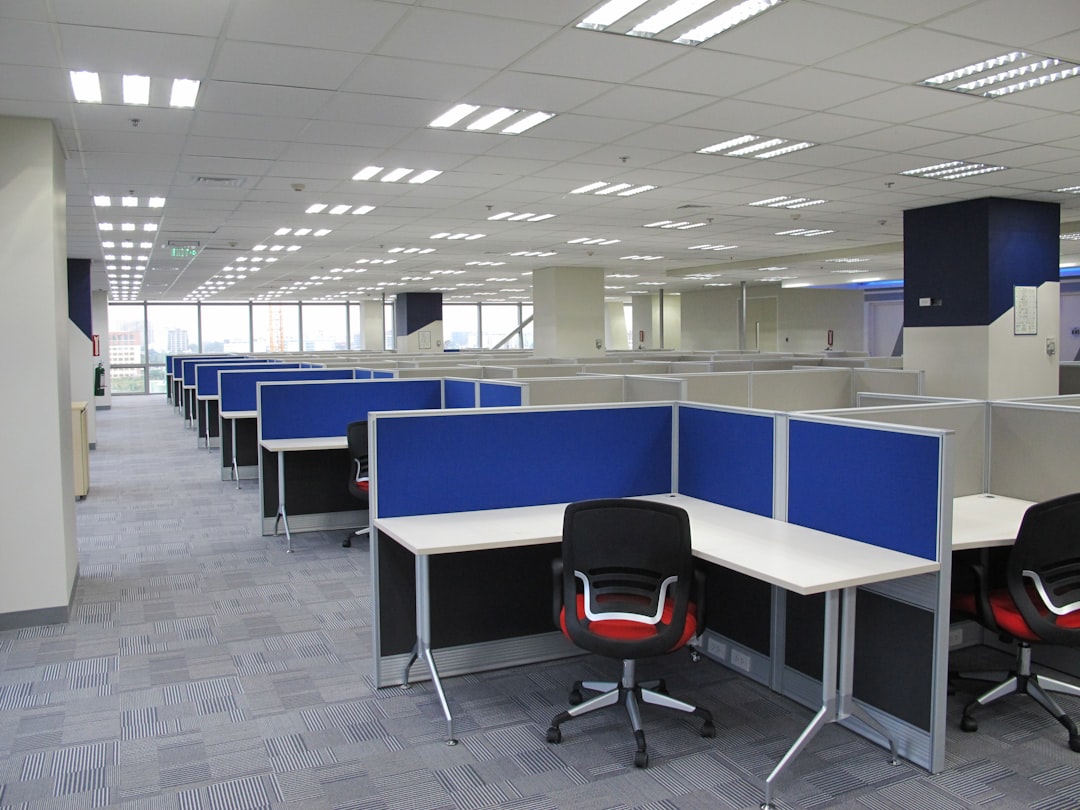
Finding the right balance between quality and price in Sydney office fit outs is a crucial task that requires careful consideration and planning.. As businesses strive to create functional and aesthetically pleasing workspaces, it is important to strike a balance between investing in high-quality materials and finishes while also staying within budget constraints. When it comes to office fit outs, quality should always be a top priority.
Posted by on 2024-11-13
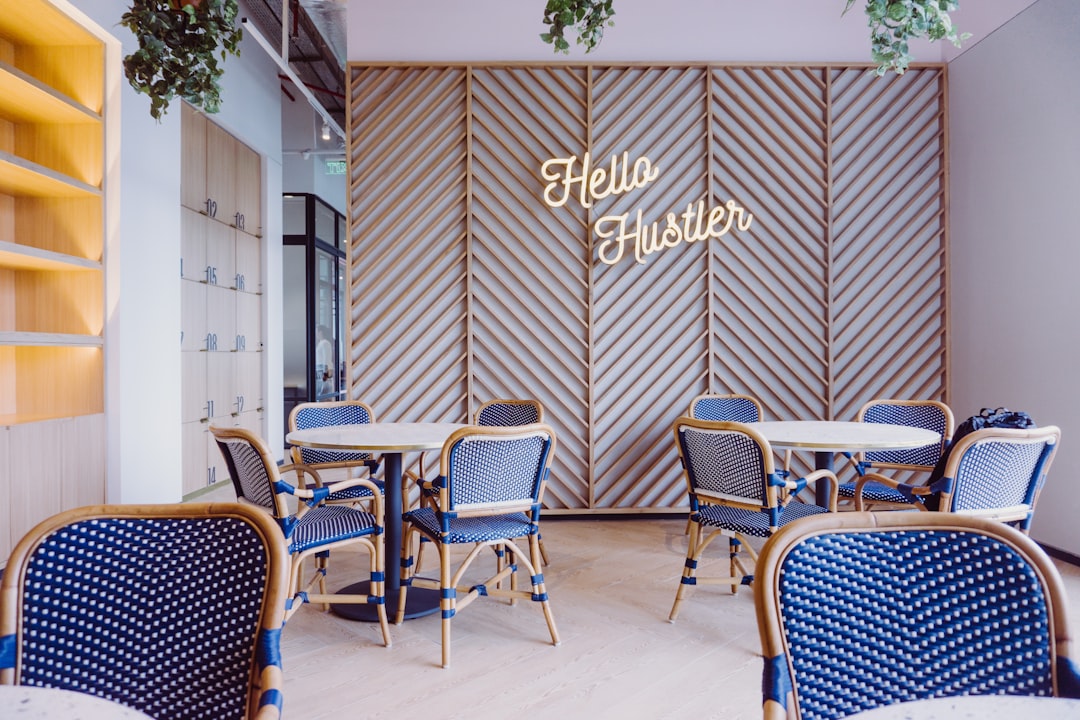
Designing an efficient workspace in Sydney can be a challenging task, especially when trying to balance functionality and cost-effectiveness.. However, with the right cost-saving strategies in place, creating a productive and comfortable office environment is not only achievable but also sustainable in the long run. One of the key cost-saving strategies for designing an efficient workspace in Sydney is to prioritize functionality over aesthetics.
Posted by on 2024-11-13
Infection control is a top priority for dental practices, and a well-designed dental fitout plays a crucial role in maintaining high standards of hygiene and safety. Thoughtful design choices in layout, materials, and equipment placement can help a practice meet regulatory requirements while protecting both patients and staff.
The layout of a dental fitout significantly impacts infection control. Creating dedicated zones for sterilization and storage helps prevent cross-contamination. Treatment rooms should be arranged with separate areas for clean and dirty instruments, ensuring that sterile items are not exposed to contaminants. Some fitouts also incorporate hands-free entry systems for treatment rooms to reduce the spread of germs.
Choosing appropriate materials is essential for infection control. Surfaces should be easy to clean and resistant to wear from regular disinfection. Non-porous materials like stainless steel and medical-grade plastics are ideal for counters, cabinets, and other high-contact surfaces. Flooring options should also be considered carefully, with smooth, sealed surfaces like vinyl or ceramic tile being preferable, as they are easy to sanitize.
Ventilation is another critical element. Proper airflow helps reduce the concentration of airborne contaminants, which is particularly important during aerosol-generating procedures. Incorporating an advanced HVAC system with air purification and filtration can significantly enhance air quality and contribute to infection control.
Additionally, incorporating ample storage in the design helps maintain cleanliness by keeping sterilized items securely stored until needed. Cabinets and drawers designed for organization allow staff to access supplies without cluttering treatment rooms, supporting efficient infection control practices.
By carefully planning for infection control during the design stage, dental fitouts can help practices meet health and safety standards while providing a safe environment for both patients and staff. These design considerations are an investment in the long-term success and reputation of any dental practice.
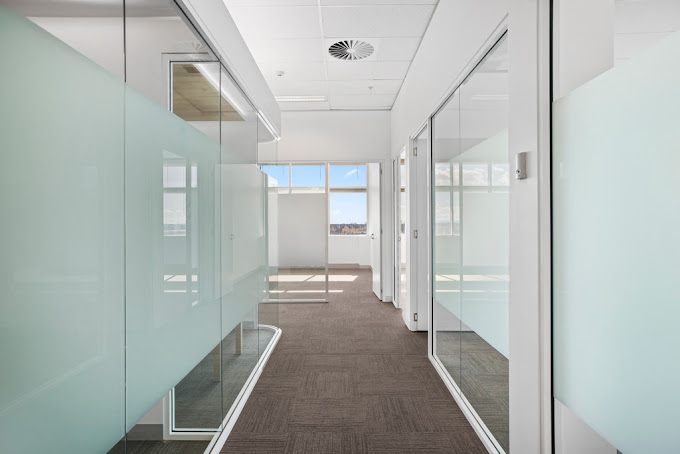
Dental fitouts in Sydney can range from $50,000 to $200,000 depending on the size and complexity of the project.
Important factors to consider include layout design, equipment selection, plumbing and electrical requirements, compliance with regulations, and budget constraints.
The timeline for a dental fitout project can vary depending on the scope of work, but typically ranges from 4 to 12 weeks from design to completion.